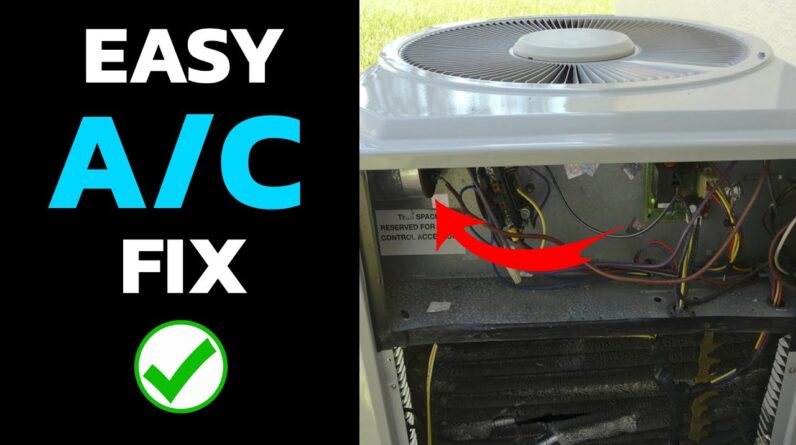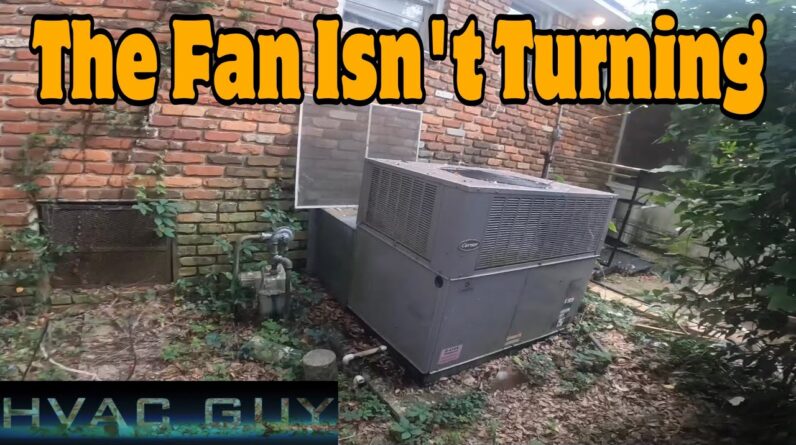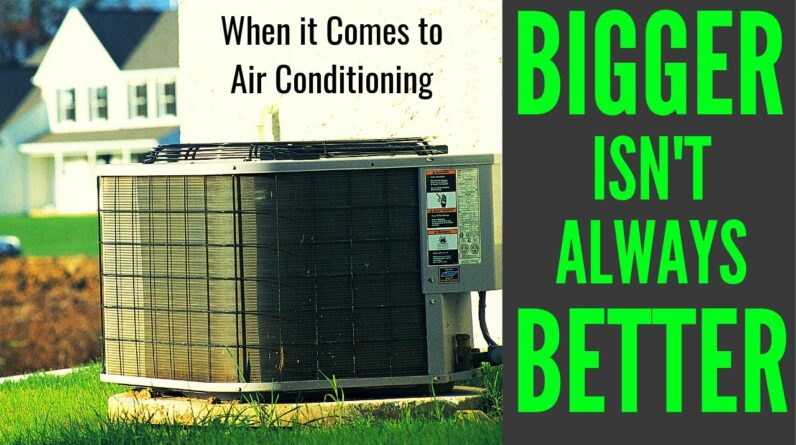Understanding the Working Procedure of an Air Conditioner
In this article, we will learn about the working procedure of an air-conditioner – in other words, we will learn how an air-conditioner works. First of all, let’s see the major components or parts of an air-conditioner. The main parts include a compressor, condenser, expansion valve, and evaporator, also known as a cooling effect generator. Additionally, there are fans and connecting pipes that connect all these parts together, forming a closed loop.
The Basic Principle of Air Conditioning
The basic principle of air-conditioning is to remove the heat from one area and replace it with chilled air, expelling the hot air to the outside atmosphere. For this exchange of heat, we use a special fluid called refrigerant or coolant. We can think of the refrigerant as the messenger or traveler because it is the actual carrier or medium of heat exchange between the external environment and the internal components. By brand name, we call this refrigerant Freon.
Role of the Refrigerant in Heat Exchange
The coolant or refrigerant Freon is a fluid that flows through the connecting pipes and parts of an air-conditioner, changing states from liquid to vapor or vapor to liquid at convenient temperatures for the refrigeration cycle or air-conditioning process.
Working of the Compressor
The first step in the operation of an air conditioner is the compressor. The job of the compressor is to pressurize or compress the refrigerant Freon. When the compressor compresses the refrigerant Freon in its gaseous state by squeezing the gas tightly together, it heats up. The refrigerant’s temperature must be higher than the outdoor temperature, as heat naturally flows from hotter to colder bodies. To dispense heat outdoors, the refrigerant must be hotter than the air outdoors. This is why the compressor increases the pressure and, subsequently, the temperature of the refrigerant.
From Compressor to Condenser
After being compressed, the high-pressure and high-temperature gas vapor of Freon will go to the condenser through the connecting pipe. In the condenser, the high-pressure and high-temperature gas vapor of Freon will change its form from gas to liquid while maintaining the same temperature. The condenser will only change the physical state of the refrigerant Freon from gaseous to liquid.
The condenser coil is located in the outdoor air conditioning unit, placed outside the home. With the aid of the condenser fan, the heat energy absorbed from the hot gaseous refrigerant is expelled to the environment. When it turns back into liquid, the refrigerant loses heat to the outside environment.
Expansion Valve and Evaporator Coils
The high-temperature condensed liquid refrigerant leaves the condenser and enters the expansion valve through the connecting pipe. The expansion valve depressurizes and cools down the refrigerant, also controlling the amount of refrigerant or voltage flow entering the evaporator. The low-pressure, cold liquid refrigerant then passes through the evaporator coils.
Evaporator coils are crucial to the function of an air conditioner. They are housed in the indoor air conditioning unit, where the air conditioner takes in the heat from the home. The copper tubes of the evaporator receive the depressurized cold liquid refrigerant from the expansion valve. When indoor air blows over the cold coils, the heat from inside the home gets absorbed by the cold refrigerant.
The Role of the Second Law of Thermodynamics
The second law of thermodynamics states that heat flows naturally from hot to cold. As the cold liquid refrigerant absorbs heat from the indoor air, it starts to evaporate, forming vapor. The refrigerant in the evaporator unit absorbs heat from the home and converts it into vapor, cooling the home environment. The fan circulates the cold air from the coil surface for the cooling effect.
Finally, the hot gaseous refrigerant, after absorbing heat, returns to the compressor, and the process repeats continuously in a closed loop, maintaining a cool environment inside the home.
Summary
To summarize the refrigeration cycle: the return vents within the home draw in hot air from the room, and the refrigerant picks up heat as air flows over the cold evaporator coils. The refrigerant absorbs a certain amount of heat from the indoor air and discharges it to the compressor, which pressurizes and heats up the refrigerant. After passing through the compressor, the refrigerant flows through the condenser coils, where a large condenser fan pushes air over the coils to facilitate heat transfer outdoors. The refrigerant then cycles back over the expansion valve, depressurizing and cooling down before performing the same heat absorption process repeatedly.
Thank you for reading this article. If you found it helpful, subscribe to our channel AcademicGain Tutorials for more informational articles and videos.






